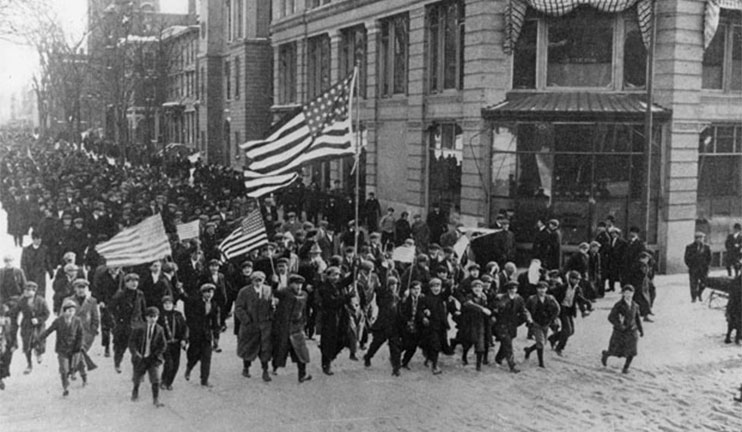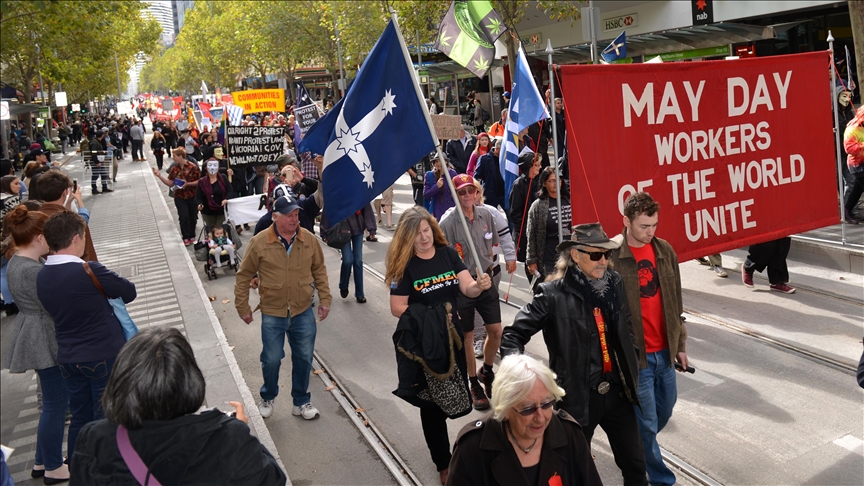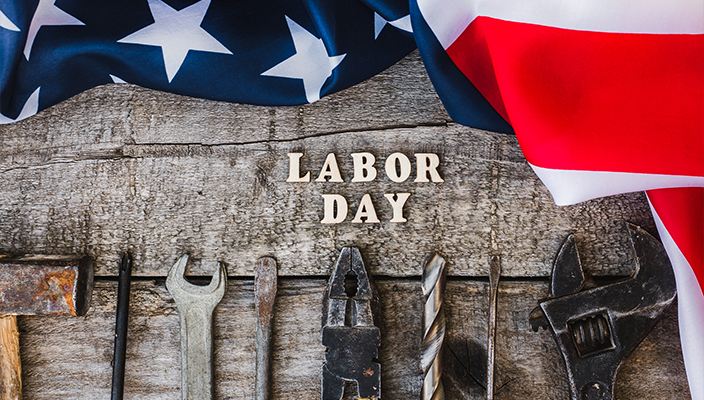International Workers' Day Best Labor Day Gifts
International Workers' Day, also known as Labor Day in some countries and often referred to as May Day.
The origin of the International Labor Day, every year on May 1, the masses of workers in all countries of the world, will organize different forms of commemorative activities. So, how did this international holiday come about? Why is International Labor Day called "International Day of Demonstrations"?


On May 1, 1886, 350,000 workers from more than 10,000 enterprises in the U.S. went on strike for the eight-hour workday. The strike swept through a series of cities such as Chicago, New York, Boston, Pittsburgh and Washington, etc., affecting all sectors of production in the U.S. Whether it was male or female black, white or expatriate workers, all of them were involved in the struggle. The demand of American workers for an eight-hour working day reflected the wish of workers in all countries of the world. in July 1889, the Second International decided to accept the proposal of French delegate Lavin to make May 1 of every year as the "International Day of Demonstration", also known as the "International Labor Day". From then on, this great international holiday was born.


Despite these differences, the core message of International Workers’ Day remains the same - to recognize and honor the hard work and dedication of workers everywhere. VEASOON’s commitment to supporting workers and promoting fair labor practices aligns with the spirit of International Workers’ Day, and their celebration of this day reflects their dedication to creating a more just and equitable world for all. By shopping at VEASOON.COM and supporting their efforts, customers can do their part to advocate for workers’ rights and fair labor practices around the world.

The term white-collar worker first appeared in the early 1920s. Its scope includes all employed and paid non-manual laborers, such as government officials, office workers in various organizations, teachers, commercial salespeople, business managers, engineering researchers and so on. They can wear white-collar shirts and formal suits when they go to work as they usually do, which has led to the creation of the term "white-collar workers".

In the late 1970s, a new term called "pink collar" was coined after "white collar" and "blue collar" to refer to occupations that are traditionally performed by women as well as those in which women are employed. Women workers engaged in such occupations, such as nurses, secretaries, typists, stenographers, saleswomen, kindergarten, primary and secondary school teachers, and so on. The word "pink" in "pink collar" represents the brightly colored clothing that women love to wear.
- Company Info
- About Us
- Contact Us
- Customer Reviews
- Company Blog
- Company Policies
- Payment & Shipping
- Sitemap
- How to Order?
- FAQs
- User Center
- Easy Login or Register
- My Account
- My Orders
- Forget Password
- Tracking Orders
- Leave a Message Online
- Submit a Product
- Newsletter
-
Subscribe for Updates. We'll let you know about the latest deals & newest products.
- Join our community
Copyright © 2024 VEASOON . All Rights Reserved.
![]()
![]()
![]()
![]()
![]()
![]()
![]()
![]()
![]()
![]()
![]()
![]()
![]()
![]()
![]()
![]()
![]()
![]()
![]()
